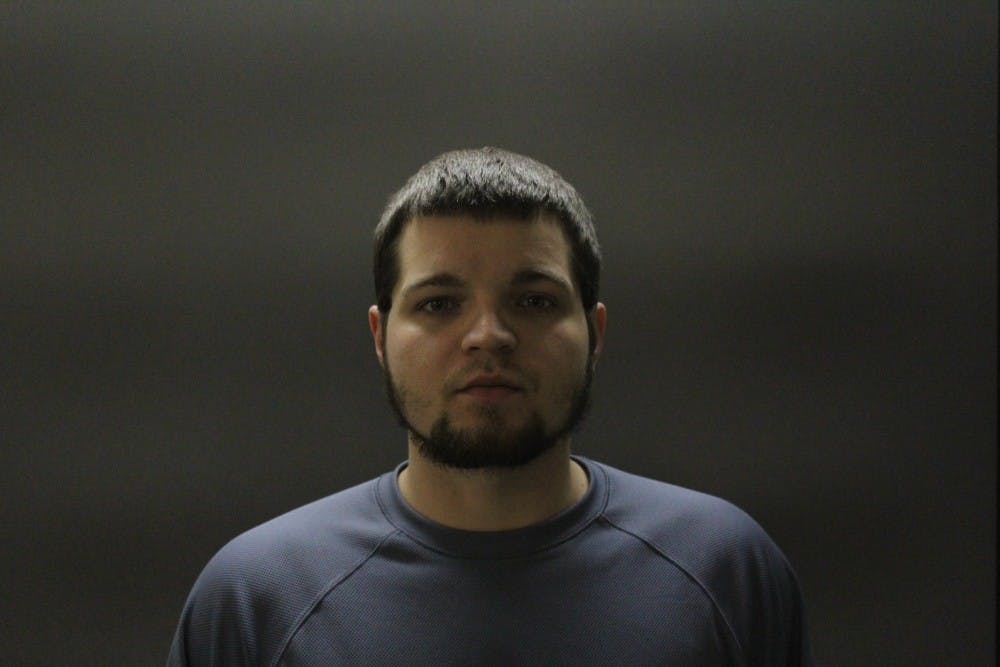Two weeks ago, Kyle Parker, 22, allegedly kidnapped, raped and murdered 15-month-old Shaylyn Ammerman in Spencer, Indiana. He was arrested after he reportedly confessed to his stepfather that he hid the baby girl’s body in a remote area of Gosport, Indiana.
He is on suicide watch in the Owen County Jail, and a trial is scheduled for August.
Death row is reserved for the “worst of the worst,” said Jody Madeira, IU Maurer School of Law professor and capital punishment scholar.
“If you can’t have the death penalty for this, what can you have it for?” she said.
But Owen County prosecutor Donald VanDerMoere II has not yet said whether he will pursue the death penalty as punishment for Parker.
In a rural county with few financial and institutional resources and a strong pro-life culture — that is, pro-life for children — VanDerMoere has a hard choice, Madeira said.
“A lot of death-penalty cases are very expensive to try,” she said, noting the taxpayer fees associated with appeals, defense and prosecution hours, changes of venue and the lethal injection itself.
“You have a pattern here where you haven’t had a death-penalty case in a long time, and it’s hard to get up everyone to speed on how to try them and how to defend them,” she said.
These logistical concerns clash with the culture of prosecution, Madeira said. Indiana, like Texas, California and several southern states, pursues the death penalty more often than other states, she said.
“You have resources and infrastructure tensions on one hand, and the culture on the other,” she said. “And he took the life of a baby.”
Shaylyn’s death launched a community response in the small town of Spencer. A meme of Parker’s face with the text “Share if you think Kyle Parker should receive death penalty” is circulating on Facebook and Twitter.
Madeira said she has seen it and understands the culture perpetuating the reaction. But research actually shows executions have very little effect on crime deterrence and community retribution.
However, as a mother, Madeira said she would want Parker dead, too.
“I would say, ‘Give me 15 minutes in a room alone with him,’” she said. “I’m not proud of that part of myself, but it’s a human part.”
As a taxpayer and legal expert, though, she would not be surprised if VanDerMoere does not pursue the death penalty for Parker.
“It’s not an easy choice,” she said. “There are good and bad outcomes for each side. But I don’t think it’s because of how we would feel seeing this guy die.”
Any prosecutor feels “damned if you do and damned if you don’t” when determining this punishment, Madeira said.
“A prosecutor who’s elected will try to make decisions to keep the community as safe as possible,” she said. “Is that protecting fiscal resources? Or is it taking a stand and doing something you haven’t done?”
A history of death penalty in Indiana
All executions in Indiana prior to 1913 were by hanging. Indiana then began using the electric chair, which ended in 1994 with the state’s electrocution of convicted murderer Gregory Resnover.
Death-row inmate Tommie Smith received the first lethal injection in 1996, followed by 17 more lethal injections from 1996 to 2009. Indiana conducted five executions in 2005, more than in any year since 1938.
Years can pass before death-row inmates are executed. Matthew Wrinkles was convicted at 35 of gunning down his brother-in-law, his brother-in-law’s wife and his own wife who wanted to divorce him in Evansville, Indiana. He was sentenced to death in 1995 in Vanderburgh County.
He and the families of the victims waited for 14 years until the state slipped Wrinkles the lethal injection in 2009. For his final meal, he requested prime rib, a loaded baked potato, pork chops, steak fries, two salads with ranch dressing and rolls. His death is Indiana’s most recent capital punishment case.
Much of Madeira’s research has focused on the execution of the convicted terrorist Timothy McVeigh, who killed 168 people when he detonated a truck bomb in Oklahoma City in 1995. McVeigh was executed in Indiana. Madeira studied the reactions of the parents of children who died in the bombing. Many of them wanted McVeigh killed, no questions asked.
But they wanted that before realizing they would be tied to years of appeals and trials that would force them to relive the memory. After the execution the survivors and parents said they felt disappointed and angry for not receiving the kind of closure they expected, she said.
“Victims’ families often feel they have to be spokespeople for the victim,” Madeira said. “They feel that they need to be there, to testify on behalf of that person.”






